Safety does not exist
Just before the incident occurs
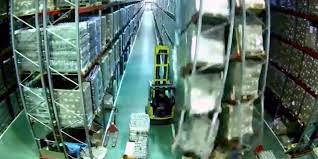
Risk: dotting the i's and crossing the t's
We know this as the risk reduction cycle. The better you control the five phases of that cycle, the less risk and thus the safer you make the process.
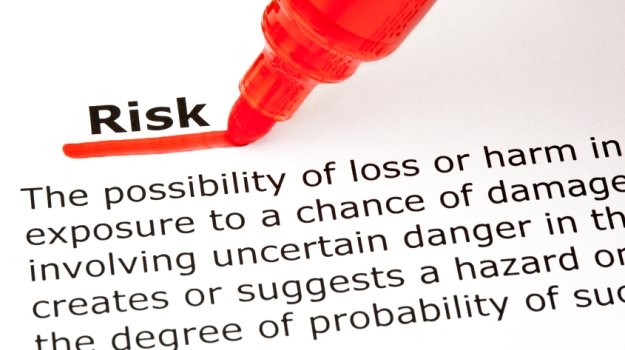
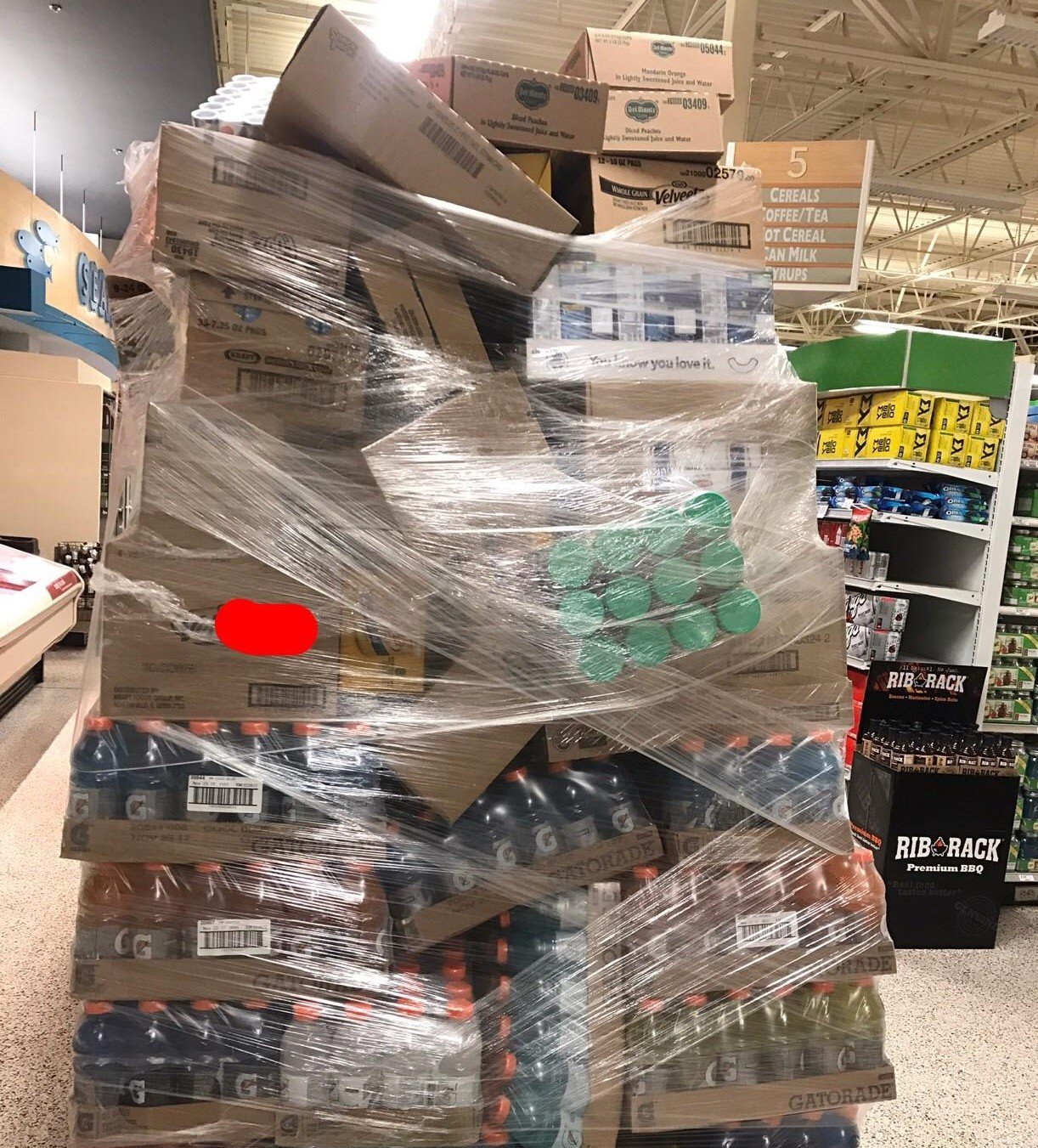
"Mother of all risks”
Initiative is everything
The risk reduction process is not rocket science because it is logical. However, because it is mostly daily business for those who work in prevention and occupational safety, we will briefly show the 5 steps here. Some of these steps stand or fall with initiative.
And in our opinion, there is still a lot of room for growth there. Seekurico is already strongly committed to the involvement and ownership of employees at every level of a company. We see that this works and will therefore continue to facilitate and encourage participation at every stage and level in the future.
Kennen, kunnen, willen, durven en doen
Spoiler: in the first three phases, it usually works and sometimes even works well. Often, the real security risk is not (anymore) in knowing, being able to or even wanting to.
Most of the time. Often. Not always.
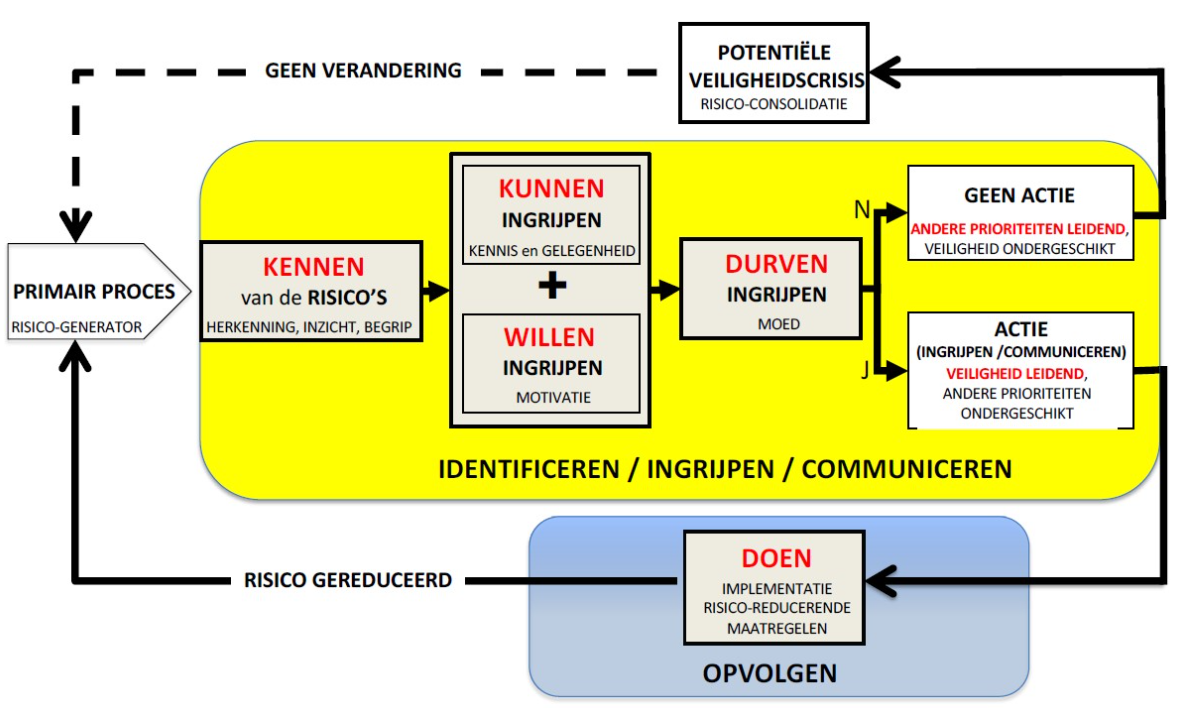
Risicoreductie model Roggeveen (Source: Veiligheidsnieuws 213, Prebes)
1) Knowing: recognising, understanding and grasping the risk
Where there has been a thorough and complete RI&E of the current situation, people are aware of the dangers to which they are exposed. This is called situational awareness and it provides the necessary sense of urgency, the foundation for all safety-promoting initiatives.
People would not be people if, even in this phase, they sometimes have other ideas. Well-intentioned even, because they then say they are doing 'better'. This phenomenon has a name: WAIWAD or Work As Imagined vs. Work as Actually Done. (Lundberg, Rollenhagen and Hollnagel, 2009)
2) can: be able to intervene, know how to reduce the risk
3) want to: be sufficiently motivated to act
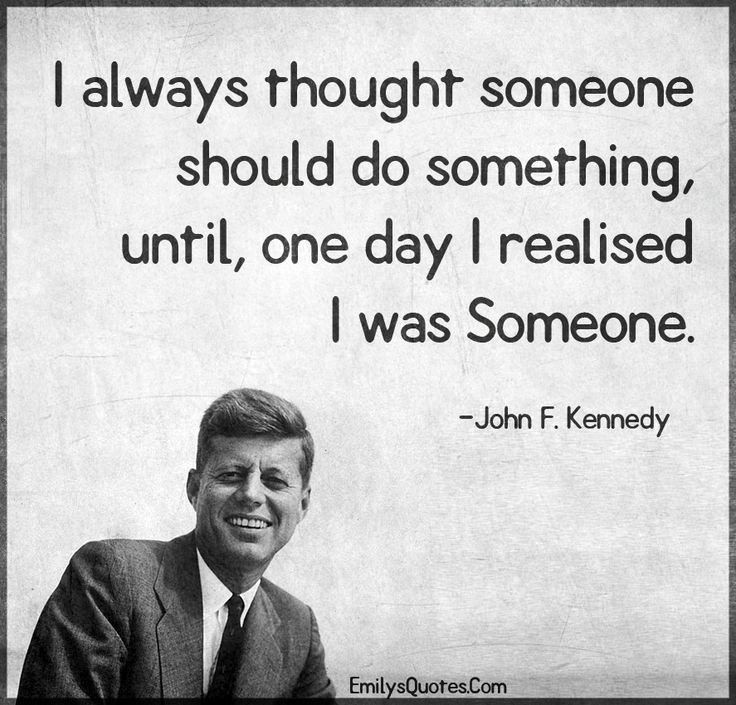
4) Daring: daring to give safety priority over the primary process
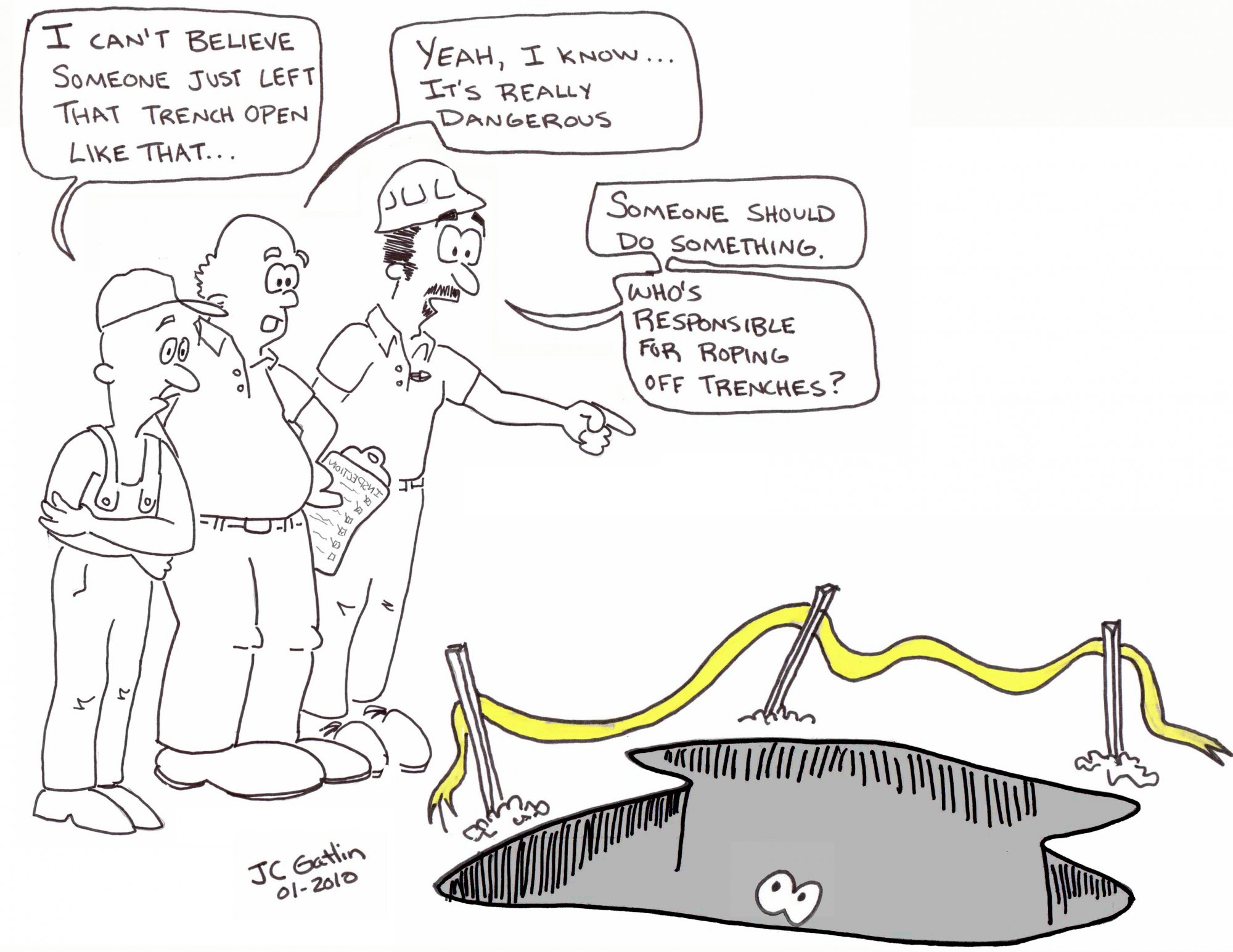
5) do: take action to reduce the risk
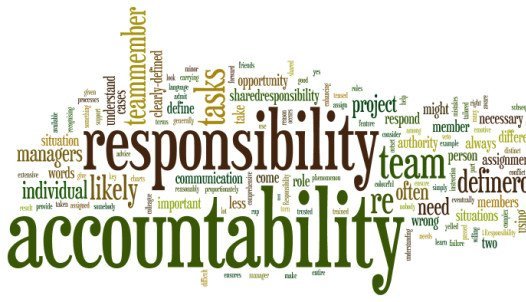
What’s in a/our name?
In Esperanto, sekureco means "safety". Since its inception, "Seekurico" has been daily Seeking to cure your risk. But perhaps even more than in the beginning, we realise the scope of our baseline.
Seeking, because we are trying and actively searching for it. For the unexploited opportunities and pitfalls in each of those 5 phases.
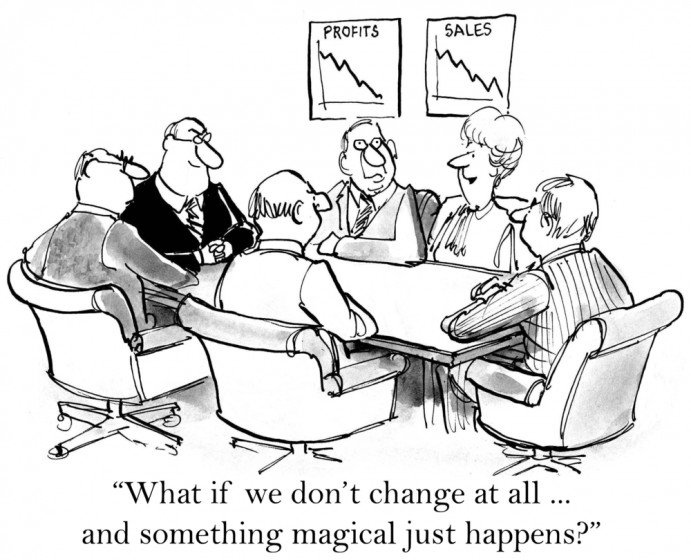
If you wonder how we see this in practice, we would be happy to come and meet you. Preferably in person, but we can also do it digitally. You tell us your question or simply take us on a tour of your company or institution. Whether it is an SME or a multinational, whether you are in the logistics, industry or cultural sector, makes no difference. From the very first moment, we are looking together for the risks and how everyone can and dares to tackle them.



